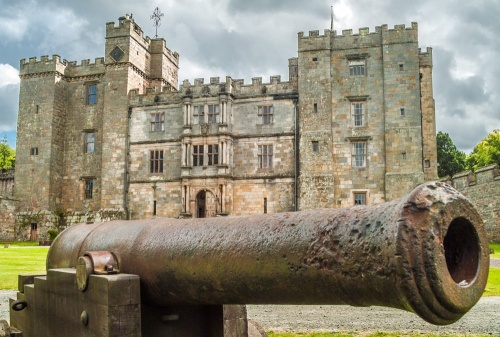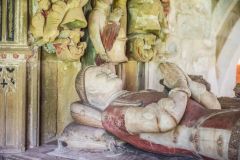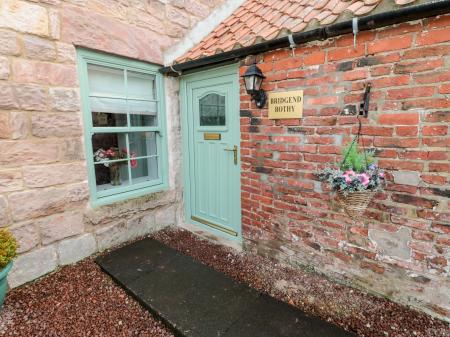
The White Cattle
Chillingham is home to a unique herd of wild white cattle that have been here for at least 700 years. The herd of about 90 cattle have been retained within an enclosure since the medieval period, with enforced inbreeding for over three centuries to ensure that the unusual colouring remains unaltered. The cattle live to about 15 years of age and are reckoned to be among the rarest animals on earth.
In addition to the famous white cattle, the parkland of Chillingham Castle is home to large herds of roe and fallow deer.

St Peter's Church
The parish church of St Peter dates to at least the Norman period. Within the south chapel is a marvellous ornate 15th-century tomb to Sir Ralph Grey and his wife. The alabaster tomb was crafted around 1440 and shows painted effigies of Sir Ralph and Elizabeth Grey atop a beautifully carved chest ringed with 'weepers' around the base. Sir Ralph famously executed his own son at the castle.

Chillingham Castle
The castle was founded as a monastery in the 12th century but was converted into a fortified residence from 1344. The defences were necessary, for Chillingham was repeatedly attacked by Scottish raiders, and often used by English armies heading north to do battle.
The castle is home to a host of ghosts - if you believe all the stories - but the most famous is the 'blue boy' who used to haunt the Pink Room. The hauntings apparently ceased after skeletal remains of a man and young boy were discovered in the castle walls during restoration work.

Immediately beside the lodge gate of Chillingham Castle is The Manor House, a Grade-II Listed building that now serves as a luxury bed and breakfast.
The Manor House was built around 1700 and remodelled in 1828 to become the vicarage. The architect was Sir Jeffry Wyattville, who also worked on Chatsworth House and Windsor Castle. Another historic building in the village is a fortified bastle house near Hepburn Wood.







 We've 'tagged' this attraction information to help you find related historic attractions and learn more about major time periods mentioned.
We've 'tagged' this attraction information to help you find related historic attractions and learn more about major time periods mentioned.


